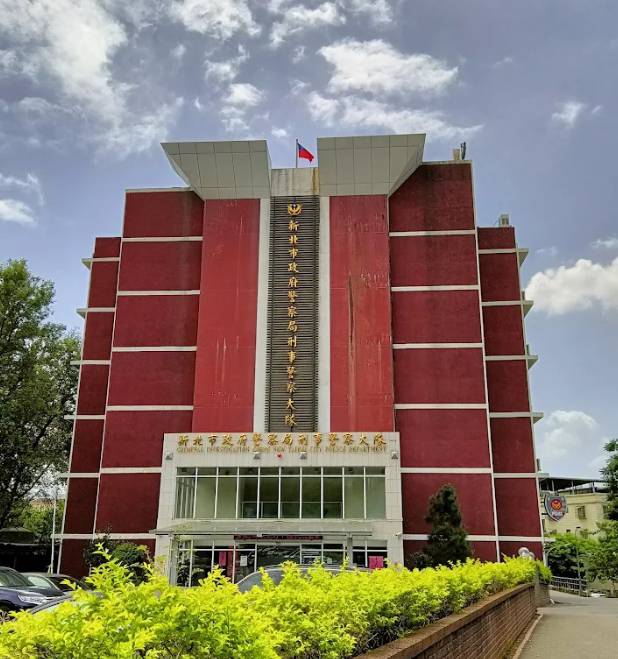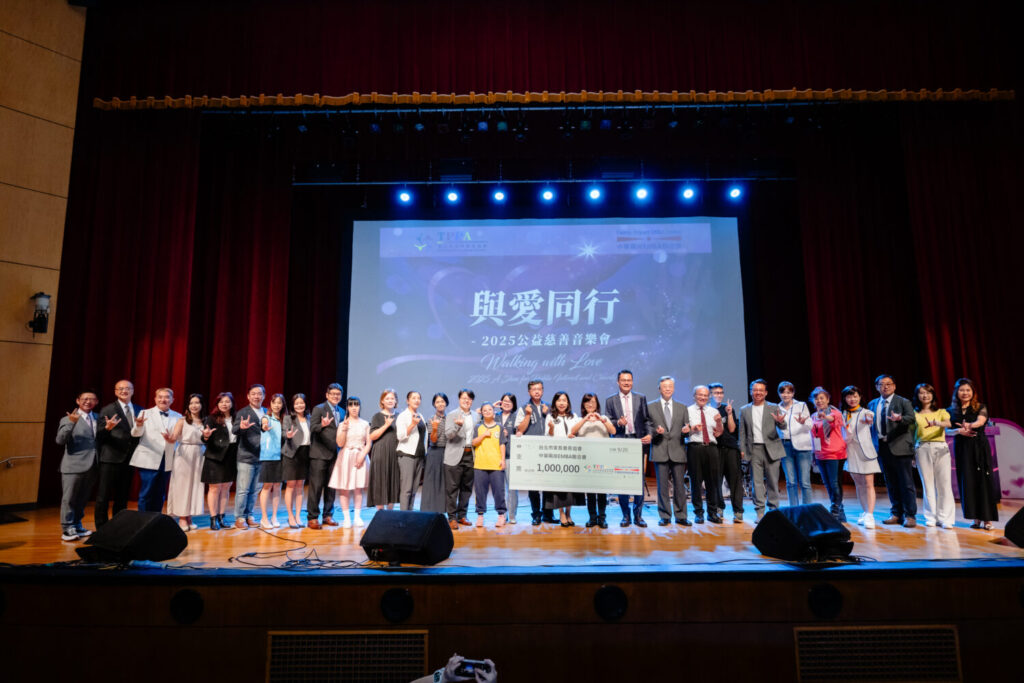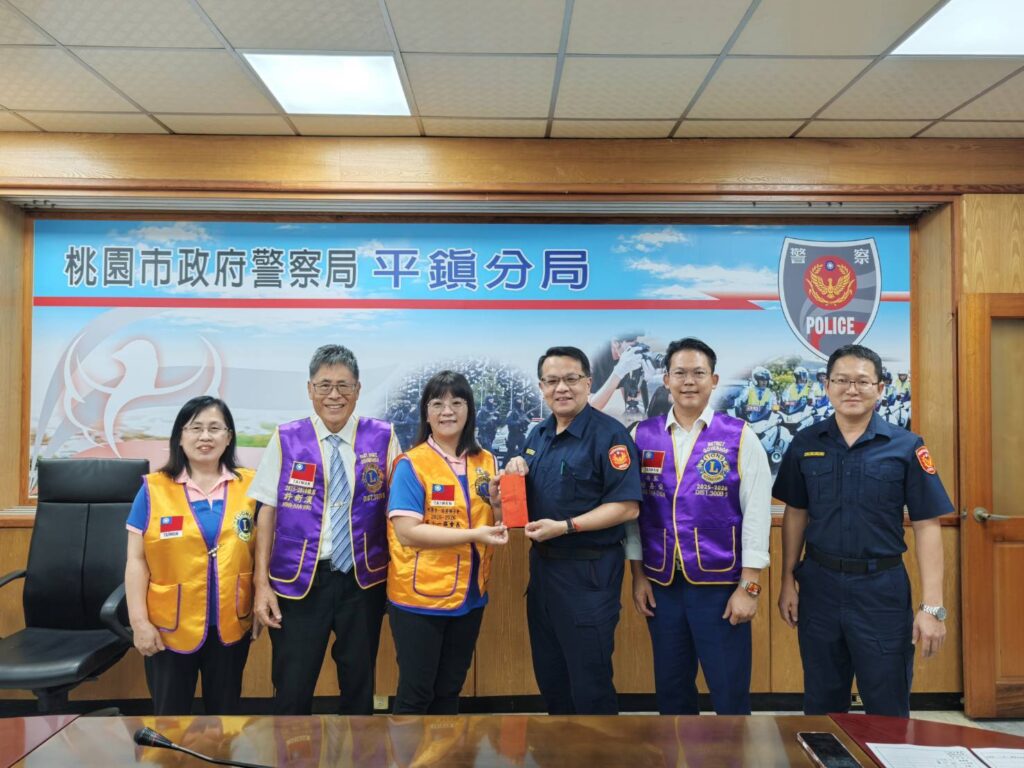Understanding the factors that influence human decision-making—particularly risk and bias—is crucial in navigating both our personal lives and societal structures. These psychological elements are deeply rooted in our evolution and continue to shape behaviors today, often in subtle but powerful ways. This article explores these concepts, illustrating their impact through examples and practical insights that empower informed choices.
Table of Contents
- 1. Understanding Risk and Bias in Human Decision-Making
- 2. The Evolutionary Roots of Risk and Bias
- 3. Modern Amplification of Risk and Bias
- 4. The Role of Nostalgia and Emotional Biases in Decision-Making
- 5. Risk, Bias, and Ethical Choices: The Case of Ms Robin Hood
- 6. Market Dynamics and the Escapism Phenomenon in 2016
- 7. The Power of Control Mechanisms in Modulating Risk and Bias
- 8. Non-Obvious Depths: The Interplay Between Risk, Bias, and Societal Narratives
- 9. Practical Insights: Navigating Risk and Bias in Today’s Choices
- 10. Conclusion: Cultivating Conscious Decision-Making Amidst Bias and Risk
1. Understanding Risk and Bias in Human Decision-Making
a. Defining risk and bias: core concepts and psychological underpinnings
Risk refers to the potential for loss or harm when making decisions under uncertainty. It involves assessing the likelihood of different outcomes and their possible impacts. Biases are systematic deviations from rational judgment, often stemming from heuristics—mental shortcuts—that our brains use to simplify complex decisions. These biases can distort perception, leading us to overestimate or underestimate risks based on subconscious influences.
b. How perceptions of risk influence choices in daily life
From choosing whether to cross a busy street to investing in stocks, perceptions of risk shape our behaviors. For instance, individuals with heightened fear of failure may avoid entrepreneurial ventures, while those underestimating risks might engage in reckless activities. Studies show that emotional states, such as anxiety or confidence, significantly modulate risk perception, often independent of factual data.
c. The role of cognitive biases in skewing decision-making processes
Cognitive biases like confirmation bias (favoring information that confirms existing beliefs) or overconfidence (overestimating one’s abilities) can lead to poor choices. These biases serve evolutionary functions—such as quick decision-making in dangerous situations—but can be detrimental when applied to modern complexities, such as financial markets or social conflicts. Recognizing these biases is the first step toward mitigating their influence.
2. The Evolutionary Roots of Risk and Bias
a. Adaptive advantages of risk-taking and biases in human history
Throughout human evolution, risk-taking was essential for survival—such as hunting large game or exploring unfamiliar territories. Biases like optimism bias (believing favorable outcomes are more likely) encouraged explorers and early humans to undertake risky endeavors, fostering innovation and resource acquisition.
b. How evolutionary pressures shape our reactions to uncertainty
Our ancestors faced constant threats—predators, environmental hazards, scarcity—necessitating quick judgments. This led to the development of heuristics that prioritized safety and resource conservation. For example, the tendency to avoid unfamiliar foods or environments was a bias rooted in survival instincts.
c. Examples from ancestral environments demonstrating risk perception
Ancient humans often overestimated dangers, such as perceiving shadows or rustling leaves as predators, which heightened vigilance. Conversely, they sometimes underestimated risks—like ignoring signs of injury or exhaustion—highlighting how perception was shaped by immediate survival needs rather than rational analysis.
3. Modern Amplification of Risk and Bias
a. How contemporary environments heighten or distort innate biases
Today’s rapid information flow and social complexity often exaggerate innate biases. For example, availability heuristic—judging the likelihood of events based on recent or vivid memories—can lead to inflated fears, such as overestimating the danger of flying after a plane crash news story.
b. The influence of technology, media, and market forces on risk perception
Digital media amplifies fears or hopes through sensationalism, influencing public perception of risks like pandemics or economic crises. Market dynamics, driven by collective biases, can cause bubbles or crashes—examples include the 2016 market upheavals where collective optimism or fear fueled risky investments.
c. The impact of nostalgia and escapism as bias-driven responses (e.g., rope swings evoking childhood innocence)
Nostalgia often triggers emotional biases, leading individuals to seek comfort in idealized memories. For instance, the image of a childhood rope swing evokes innocence and carefree risk-taking, which can influence adults to pursue risky ventures under the guise of seeking happiness or escapism. This tendency is exploited in marketing and social narratives, subtly guiding choices.
4. The Role of Nostalgia and Emotional Biases in Decision-Making
a. How emotional triggers bias our choices, often subconsciously
Emotions like nostalgia, fear, or excitement serve as triggers that bias decision-making without conscious awareness. These emotional states can override rational judgment, leading to choices driven more by feelings than facts—such as investing in nostalgic brands or risky social movements.
b. Case study: Rope swings and childhood nostalgia as a form of escapism exploited by marketers
Marketers often evoke childhood nostalgia—like images of rope swings—to tap into emotional biases, encouraging consumers to associate their products with innocence and adventure. This strategy leverages subconscious desires for escapism, subtly influencing purchasing and investment behaviors.
c. The danger of emotional biases in financial and social decisions
While emotions can motivate positive actions, unchecked biases may cause poor financial decisions—such as panic selling during downturns—or social judgments rooted in prejudice. Recognizing emotional influences is key to making more balanced choices.
5. Risk, Bias, and Ethical Choices: The Case of Ms Robin Hood
a. How modern narratives of justice and morality are influenced by biases and perceived risks
Stories like that of Ms Robin Hood exemplify how biases—such as the hero bias—shape perceptions of morality. People tend to justify risky or controversial actions if they believe the cause aligns with a moral high ground, even when the risks to societal stability are significant.
b. Ms Robin Hood as an example of bias-driven decision-making in social activism
Her actions, motivated by perceptions of injustice and moral certainty, highlight how biases influence ethical judgments. Such figures often challenge societal norms, risking backlash but driven by a belief that their bias-fueled decisions serve a greater good.
c. The ethical implications of risk-taking when biases are involved
While bias-driven risks can lead to social progress, they may also result in harm or unintended consequences. Critical reflection on motivations and risks is essential to ensure ethical integrity in activism and decision-making.
6. Market Dynamics and the Escapism Phenomenon in 2016
a. The global populist upheavals as collective bias and risk perception shifts
2016 saw widespread political upheavals—Brexit, populist movements—fueled by collective biases like ingroup bias and confirmation bias. These biases, combined with heightened perceptions of risk from economic uncertainty, led many to support radical change as a form of escapism from dissatisfaction.
b. How markets flourished through escapism, driven by bias and fear of uncertainty
Stock markets, including the 2016 rally, often respond to collective emotional states. Optimism can inflate bubbles, while fear precipitates crashes. In such environments, investors’ biases—like herd behavior—amplify risky market movements.
c. The role of sound controls (silencing conscience) in enabling risky behaviors in markets
Mechanisms like financial deregulation or lack of transparency can mute ethical concerns, encouraging risk-taking. As discussed in contexts like more ways mechanic, understanding these controls helps mitigate irrational risks driven by societal biases.
7. The Power of Control Mechanisms in Modulating Risk and Bias
a. How tools like muting or silencing influence decision-making and moral judgments
Control mechanisms—such as censorship, algorithmic filtering, or social sanctions—can suppress emotional or cognitive biases, altering moral judgments. For example, silencing dissent in social platforms may reduce conflict but also diminish critical thinking.
b. The psychological impact of controls on risk perception and accountability
When individuals or institutions feel shielded from consequences, their perception of risk diminishes, potentially leading to reckless decisions. Transparency and accountability are thus vital in balancing risk and societal trust.
c. Implications for personal choices and societal regulation
Effective regulation and awareness of control tools help individuals recognize biases and make ethical decisions. For instance, understanding how media algorithms influence perceptions can empower more deliberate consumption.
8. Non-Obvious Depths: The Interplay Between Risk, Bias, and Societal Narratives
a. How collective biases shape cultural myths and collective memory
Cultural narratives—such as tales of heroism or villainy—are reinforced by biases like confirmation bias and availability bias. These stories influence societal values and memory, often simplifying complex realities into digestible myths.
b. The subconscious mechanisms that reinforce biases over time
Repeated exposure to biased narratives, media, or social reinforcement solidifies perceptions, making biases appear as ‘truth.’ Recognizing these mechanisms is key to fostering critical societal reflection.
c. Strategies to recognize and mitigate bias-driven decision-making in personal and societal contexts
Practices such as critical thinking, diverse perspectives, and reflection are effective in counteracting bias. Being aware of emotional triggers and societal influences can help individuals and communities make more balanced decisions.
9. Practical Insights: Navigating Risk and Bias in Today’s Choices
a. Recognizing emotional and cognitive biases in everyday decisions
Awareness begins with reflection—questioning whether feelings or societal influences drive choices. Journaling, seeking feedback, or consulting diverse opinions helps identify biases.
b. Developing awareness of how nostalgia and escapism influence choices
Being mindful of emotional












